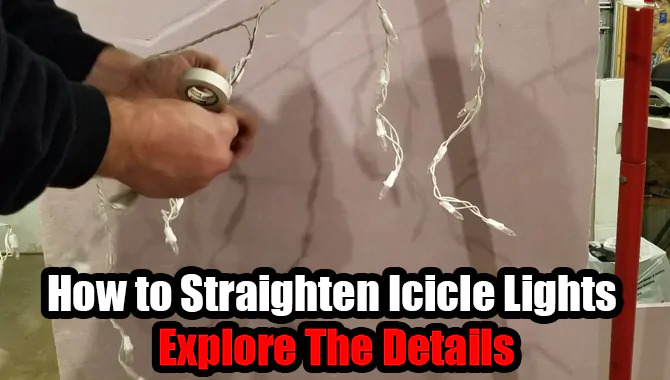Have you ever wondered what happens when the ground suddenly disappears? It can be a shocking sight! Sinkholes can create big holes in the ground, and they can form without warning. But how do sinkholes form? This is a question many people ask. Imagine walking in a park, and all of a sudden, a large hole opens up right beneath your feet. Scary, right?
Sinkholes are more common than you might think. They can occur in cities, fields, and even under buildings. In some places, they can swallow up cars or homes. The earth around us can be surprisingly unstable! Understanding how sinkholes form helps us stay safe. Let’s explore this fascinating topic and uncover the secrets hidden beneath our feet.
How Do Sink Holes Form: Understanding Their Causes And Effects
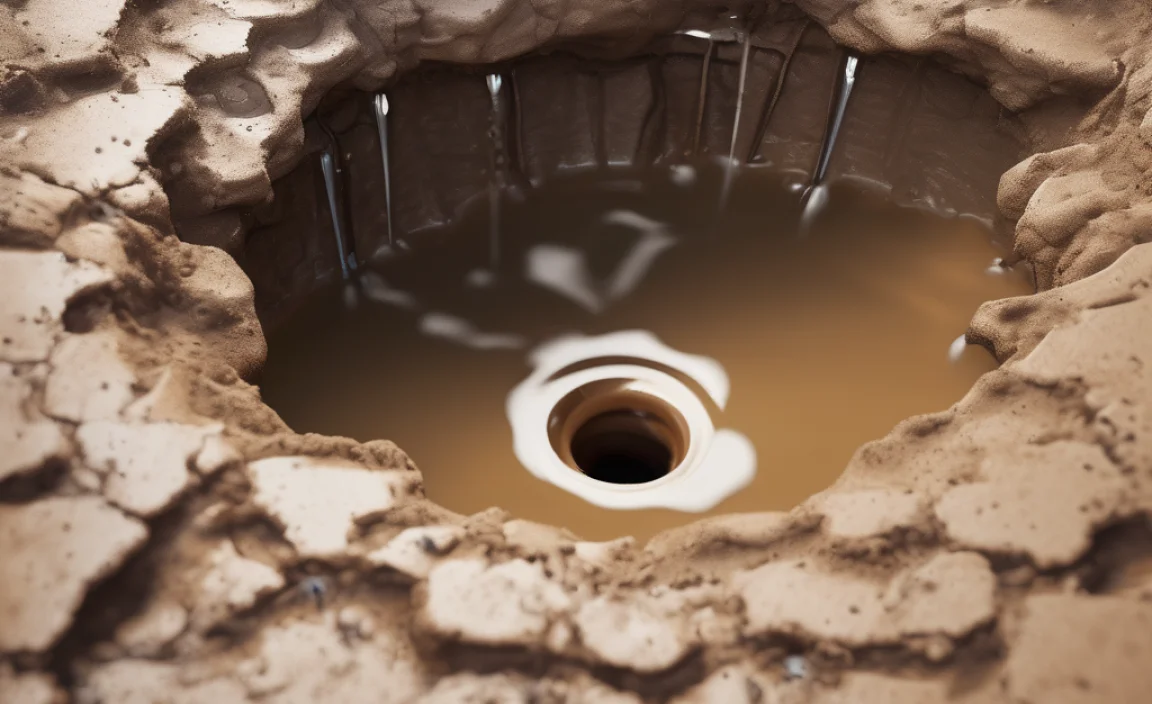
How Do Sinkholes Form?
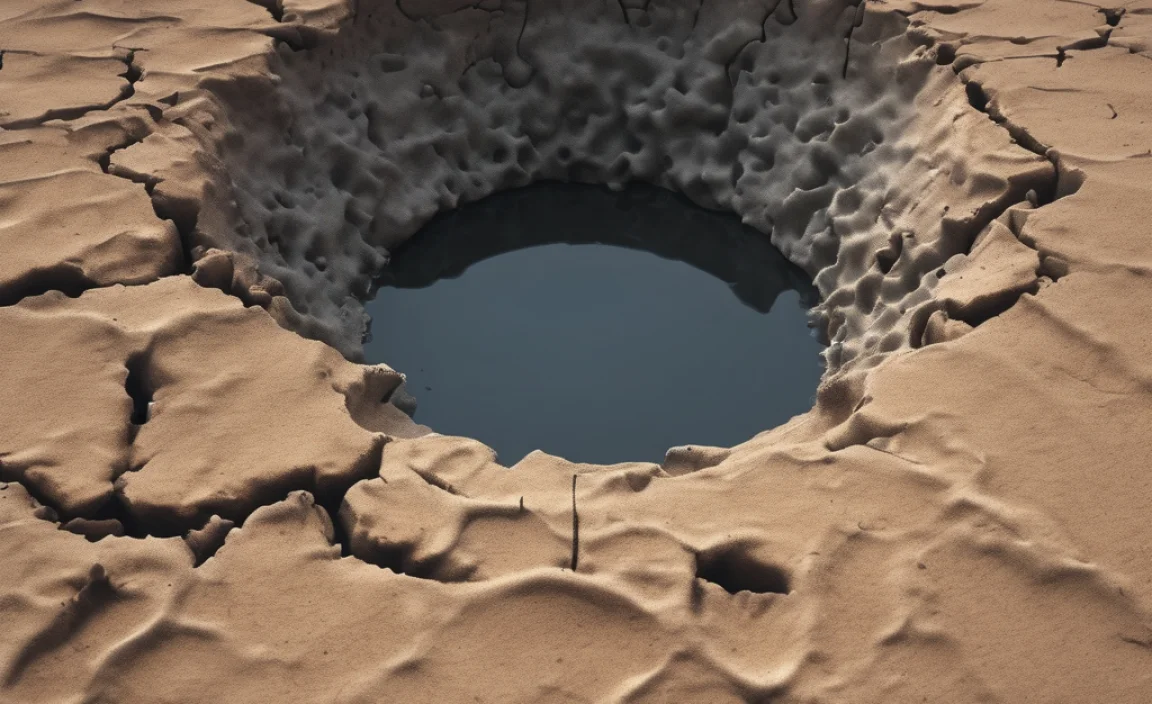
Sinkholes can suddenly appear, causing surprise and concern. They form when water erodes the ground below. Imagine heavy rain washing away soil and rock. Over time, this creates a hollow space. When the surface can no longer hold its weight, it collapses. Sometimes, human activities like drilling or heavy construction can worsen the issue. Did you know that in some places, people have discovered entire underground rivers? Understanding this can help you stay safe and informed about sinkholes!
What is a Sinkhole?
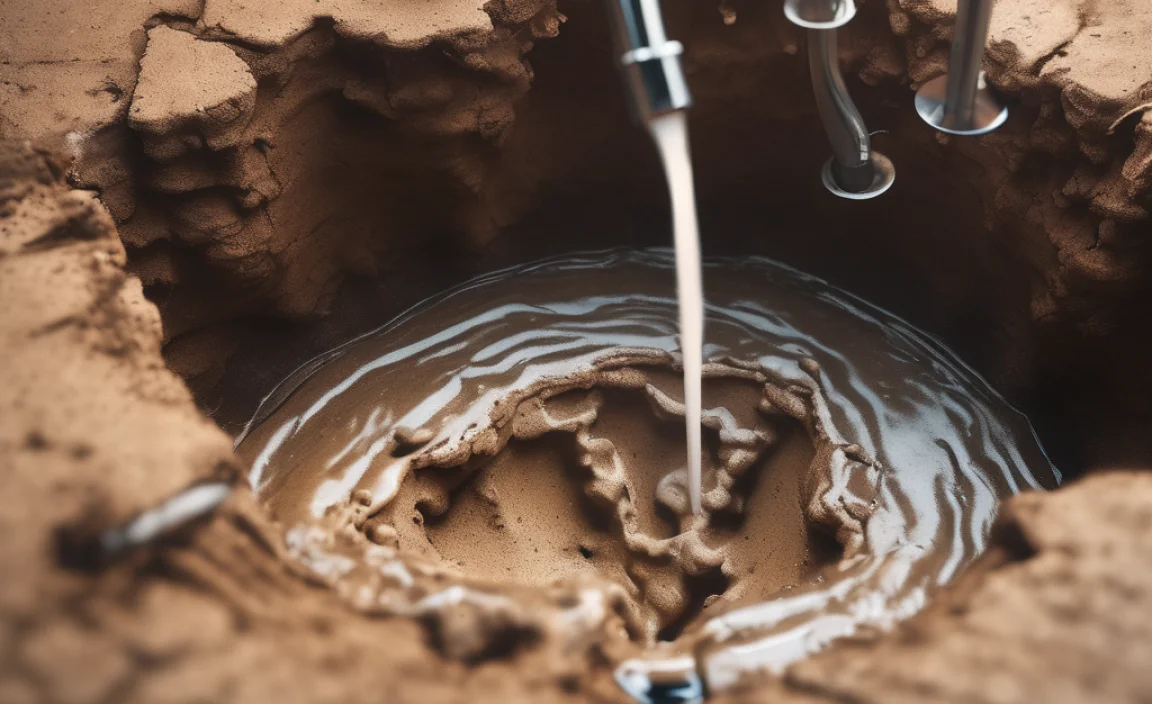
Definition and basic characteristics of sinkholes.
. Types of sinkholes and their common locations..
A sinkhole is a hole in the ground that forms when the soil or rock suddenly collapses. This can happen when water washes away earth underneath. Sinkholes can be small or very big. They often appear in places where there is limestone or other rocks that can easily dissolve.
- Types of Sinkholes:
- Solution sinkholes: Formed by water eroding rock over time.
- Cover-collapse sinkholes: Happen when soil covers a void and then collapses.
- Common Locations:
- Florida
- Texas
- Georgia
What causes sinkholes to occur?
Sinkholes usually happen due to heavy rains or underground water flow. Over time, this erosion weakens the ground until it can no longer support the weight above it. Sudden collapses can take everyone by surprise.
The Science Behind Sinkhole Formation
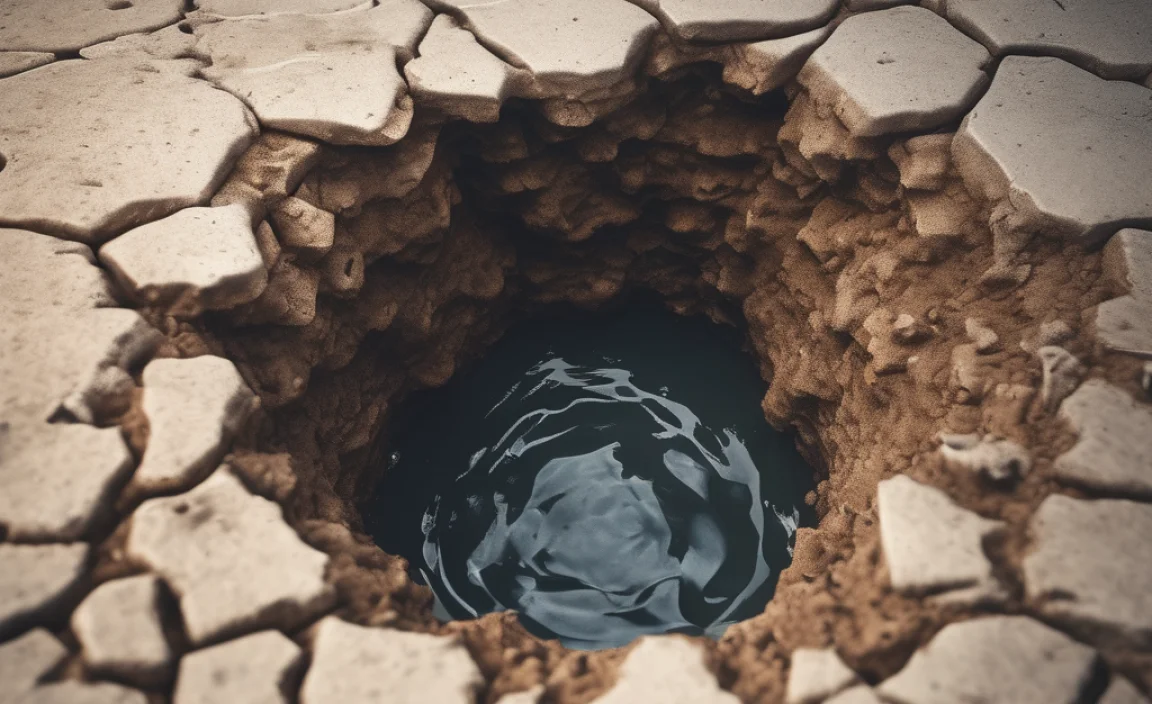
Explanation of the geological processes involved in sinkhole creation.. Role of soluble rocks and groundwater in the dissolution process..
Sinkholes are like nature’s way of playing peek-a-boo with the ground! They form mainly due to the slow process of erosion in soluble rocks, like limestone, gypsum, or salt. When rainwater seeps into the ground, it carries away minerals, creating tiny underground caves. Eventually, these caves can become so big that the surface above can’t hold on anymore, and down it goes!
| Process | Description |
|---|---|
| Dissolution | Water mixes with carbon dioxide, forming a weak acid. |
| Erosion | This acid eats away at the rocks, making holes over time. |
| Collapse | When the roof of a cave becomes too weak, it collapses, creating a sinkhole. |
Fun fact: Around 20% of the United States is at risk for sinkholes! So, be careful where you plant that garden!
Types of Sinkhole Formation
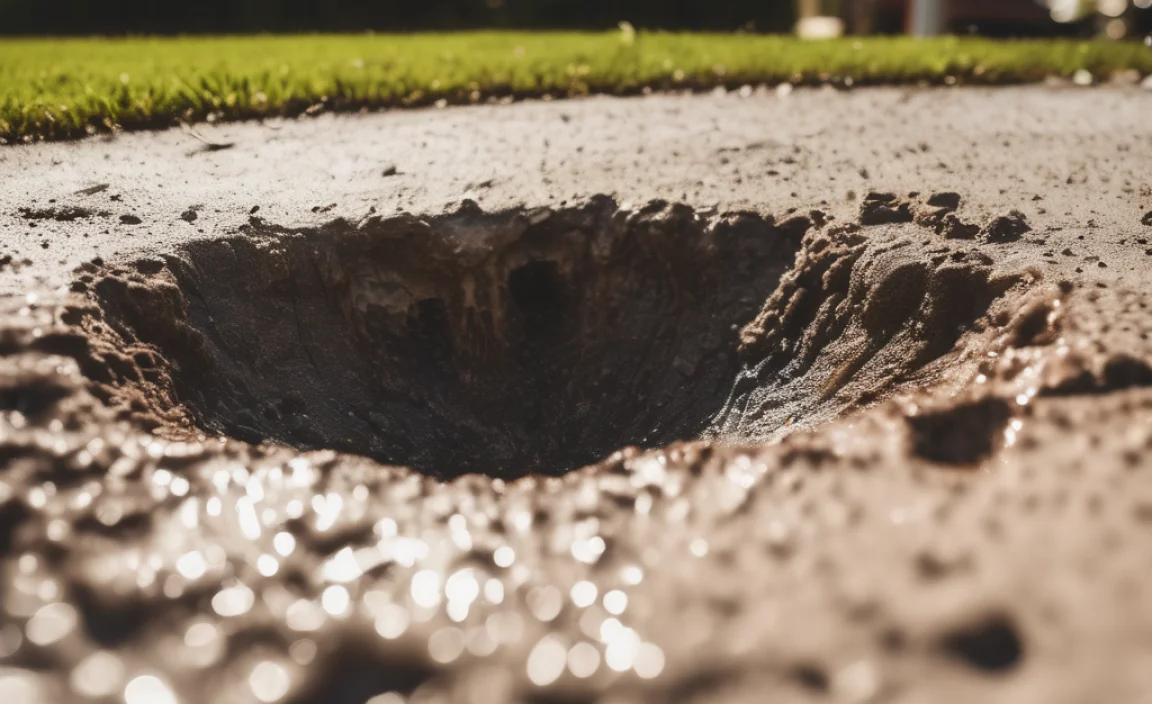
Description of different types, such as covercollapse and solution sinkholes.. Examples of sinkholes formed by varied geological conditions..
Sinkholes can form in different ways. There are mainly two types: cover-collapse and solution sinkholes. Cover-collapse sinkholes happen when the ground above a cavity falls in. This might occur after heavy rain washes away support. Solution sinkholes form slowly, as water dissolves rocks like limestone, creating a hole over time. For example, a cover-collapse sinkhole can show up in flat areas where the soil is loose. A solution sinkhole is common in regions with lots of underground water.
What Are the Types of Sinkholes?
There are two main types of sinkholes: cover-collapse and solution.
- Cover-collapse sinkholes
- Solution sinkholes
Factors Contributing to Sinkhole Development
Natural factors including rainfall, soil composition, and vegetation.. Human activities that exacerbate sinkhole formation, like construction and drilling..
Several factors lead to sinkholes forming. Natural elements are key players. Heavy rainfall can wash away soil, causing the ground to collapse. The type of soil also matters. Some soil is weak and can’t hold weight. Vegetation helps anchor the soil, so less plants can mean more sinkholes.
Human actions make these problems worse. Construction can disturb the ground. Drilling for water or oil removes important support. Here are some factors:
- Heavy Rainfall
- Weak Soil
- Lack of Vegetation
- Construction Changes
- Drilling Activities
What are the causes of sinkholes related to human activity?
Human activities that disturb the ground, like drilling, can weaken the soil.
Signs and Symptoms of Potential Sinkhole Activity
Observable indicators that may signal sinkhole risk.. Importance of recognizing early warning signs for safety..
Paying attention to your surroundings can save you from a “surprise party” that involves a sinkhole! Look for cracks in the ground or walls. A shifting landscape can signal trouble. If doors or windows stick unexpectedly, watch out!
Weak spots in your yard, like sudden dips, are red flags. Also, if your water bill spikes without explanation, it might mean water is escaping into the earth. Here’s a handy guide:
| Sign | Description |
|---|---|
| Cracks | Look for cracks in your walls or ground. They can signal ground movement. |
| Sticking Doors | If doors or windows won’t close, something might be shifting. |
| Yard Dips | Sudden holes can pop up where grass once flourished. |
| Water Bill Spike | A sudden increase can mean water is disappearing underground. |
Recognizing these early warning signs can keep you safe! Becoming a sinkhole detective is your first line of defense. Trust us; you don’t want to end up taking a plunge!
Impact of Sinkholes on Environment and Infrastructure
Environmental effects, including changes in water drainage and landscape.. Economic implications of sinkholes for property and infrastructure..
Sinkholes aren’t just a funny way for the ground to play hide-and-seek; they can really shake up the environment and our wallets! These sudden holes can change how water drains, leading to unexpected puddles or even dry spots in some areas. They also alter the landscape, making your neighborhood look like a scene from a cartoon.
Economically, sinkholes can be pricey! They might damage roads and buildings, leading to hefty repair bills. In fact, the *National Geographic* says structural damage can range from a few thousand dollars to millions! That’s a big chunk of change when you’re just trying to park your car.
| Impact Type | Details |
|---|---|
| Environmental Effects | Changes in water drainage and landscape alteration. |
| Economic Effects | High repair costs can lead to financial strain. |
Preventive Measures and Mitigation Strategies
Techniques for detecting and monitoring sinkhole activity.. Best practices for construction and land use to minimize sinkhole risks..
It’s important to keep an eye on sinkhole activity, especially in areas prone to them. Using special tools, experts can detect signs of trouble under the ground. Regular checks can catch problems early. For construction, the best practice is to build on solid ground and avoid areas with weak soil. Also, simply keeping water away from the land can help a lot. Remember, you don’t want your house to become a swimming pool one day!
| Technique | Description |
|---|---|
| Ground Penetrating Radar | Uses radar pulses to image the subsurface. |
| Soil Testing | Checks soil for clues about stability. |
| Water Drainage Systems | Prevent excess water collecting underground. |
Case Studies of Significant Sinkhole Events
Examination of notable sinkhole incidents in history.. Lessons learned and changes in policy or practice following such events..
Throughout history, notable sinkhole events have taught us valuable lessons. For example, in 2010, a massive sinkhole in Guatemala City swallowed buildings and roads, causing panic. As a result, local policies changed. Now, checks on land stability are taken seriously. Another famous case occurred in Florida, where a sinkhole took a house with it in 2013. Thankfully, no one was hurt! These events remind us to monitor our surroundings. It’s no joke when the ground decides to play hide and seek!
| Event | Location | Year | Impact |
|---|---|---|---|
| Massive Sinkhole | Guatemala City | 2010 | Swallowed buildings |
| House Sinkhole | Florida | 2013 | Took a house |
Conclusion
In conclusion, sinkholes form when underground water dissolves rock, creating empty spaces. These spaces eventually collapse, causing the ground to sink. You can spot them in places with limestone or clay. To learn more, explore local geology or watch videos on sinkholes. Understanding their formation helps us stay safe and appreciate our environment better.
FAQs
What Geological Conditions Are Necessary For Sinkholes To Form?
To form a sinkhole, we need soft rock, like limestone, underground. This rock can dissolve when water seeps through it. When too much rock is gone, the ground above can sink down. Heavy rain or changes in water can make this happen faster. So, soft rock and water are key to sinkholes forming.
How Does Groundwater Erosion Contribute To The Development Of Sinkholes?
Groundwater erosion happens when water underground slowly wears away rocks. This can create empty spaces or caves. When the ground above these caves gets too heavy, it can suddenly collapse. This causes a sinkhole to form, which is a big hole in the ground. So, groundwater helps make sinkholes by wearing away the rocks underneath us.
What Is The Difference Between A Sinkhole And Other Types Of Depressions In The Ground?
A sinkhole is a type of hole that suddenly appears in the ground. It happens when the ground below collapses. Other depressions, like craters, might form slowly over time. While sinkholes can be dangerous and happen quickly, other depressions might not cause any harm. So, the main difference is how they form and how fast they appear.
How Can Human Activities Exacerbate The Formation Of Sinkholes?
Human activities can make sinkholes happen more often. When we dig in the ground or build heavy things, the soil can become weak. Pouring too much water into the ground can also cause problems. It washes away important support under the surface. When the support is gone, the ground can sink.
What Are The Warning Signs That A Sinkhole May Be Developing In An Area?
You might see cracks in the ground or in roads. Trees and buildings can tilt or sink. Water puddles may appear suddenly. You may hear strange noises coming from underground. If you notice these signs, it’s important to tell an adult right away.


